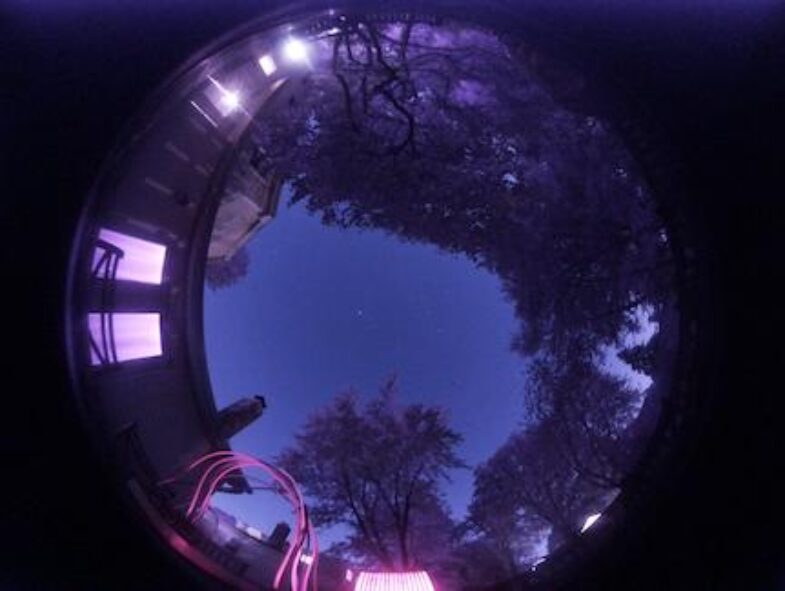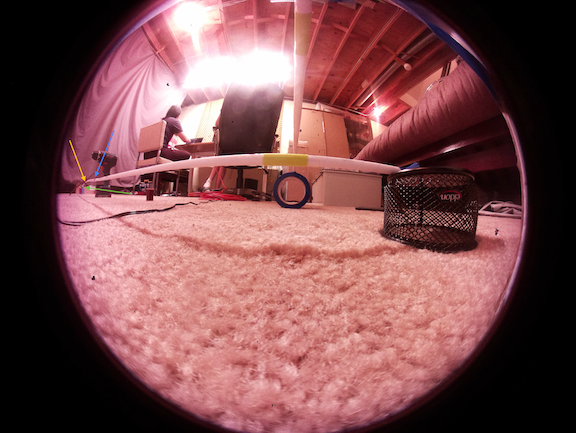
Undergraduates succeed in remote internships
MIT Haystack Observatory has offered hands-on summer research internships to undergraduate students for decades, funded by the National Science Foundation (NSF) and other sponsors. In a normal year, this program brings students from around the nation—and beyond—to Westford and the Haystack offices, with local housing and transportation provided.
This year, the “hands-on” part included the extra challenge of remote participation, for the first time. Initially, program leaders were concerned about being able to provide students with the full research experience. During presentations at the end of the summer, Haystack mentors and other staff members were pleased to see the extensive research results and software development that is normally produced over the course of the internship programs.
Haystack undergraduate interns from the NSF Research Experiences for Undergraduate (REU) program and MIT’s Undergraduate Research Opportunities Program (UROP) presented their research results to a virtual audience from across the observatory at the end of August (slides will be posted in September). Projects ranged from Small Radio Telescope (SRT) interface development to CubeSat tools and hardware for the AERO-VISTA auroral satellites, along with many others.
